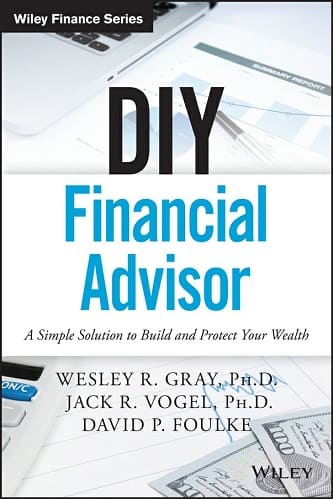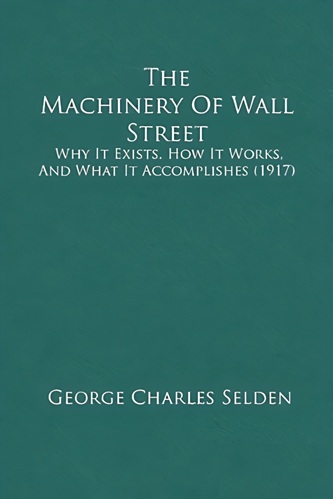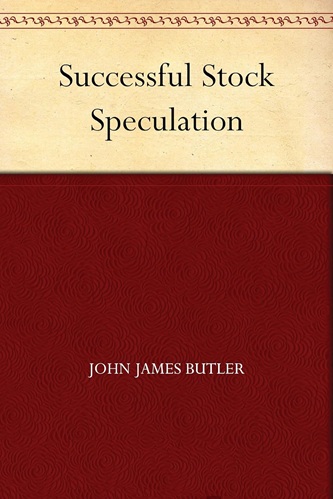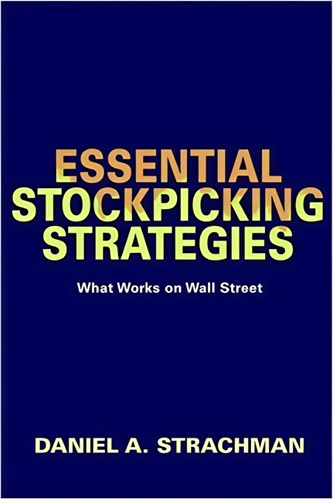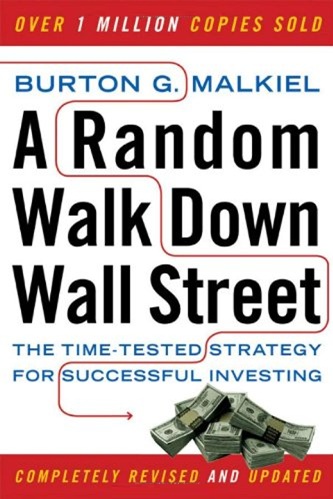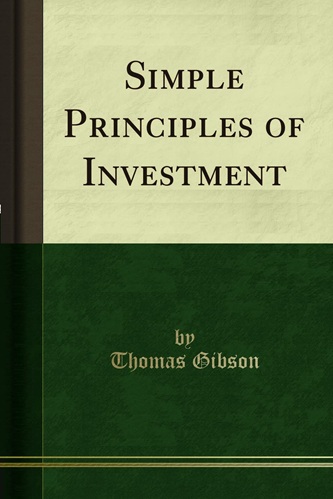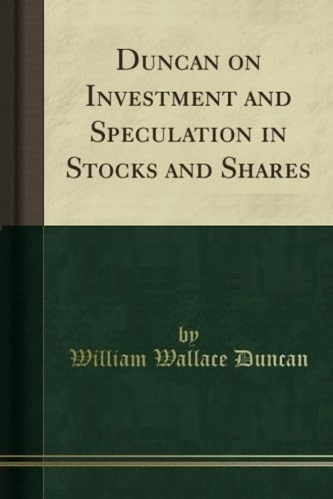DIY Financial Advisor: A Simple Solution to Build and Protect Your Wealth
$15.72
| Author(s) | , |
|---|---|
| Format |
|
| Pages |
208 |
| Publication Year |
2015 |
DIY Financial Advisor is a synopsis of our research findings developed while serving as a consultant and asset manager for family offices. By way of background, a family office is a company, or group of people, who manage the wealth a family has gained over generations. The term ‘family office’ has an element of cachet, and even mystique, because it is usually associated with the mega-wealthy. However, practically speaking, virtually any family that manages its investments—independent of the size of the investment pool—could be considered a family office. The difference is mainly semantic.
Introduction:
This book is a synopsis of our research findings developed while serving as a consultant and asset manager for large family offices. By way of background, a family office is a company, or group of people, who manage the wealth a family has gained over generations. The term family office has an element of cachet, and even mystique, because it is usually associated with the mega-wealthy. However, practically speaking, virtually any family that manages its investments—independent of the size of the investment pool—could be considered a family office. The difference is mainly semantic. For example, the term individual investor is often a reference to the head of a household who manages a family’s assets. This “individual investor” is a de facto family office—no matter whether this individual investor manages a $10,000 portfolio or a $5,000,000,000 portfolio. The goal is the same as for even the largest family office.
There are benefits and costs to being a family office. The key advantage a family office or, by extension, any individual investor, has over so-called “institutional” investors, is the ability to make long-term investment decisions that maximize after-tax, after-fee risk-adjusted performance, without fear of a misalignment of incentives—those who own the money are the best stewards of the money. By contrast, a professional institutional investor, or “hired gun,” is crippled by a misalignment between the incentives of the owners of capital and those of the investment manager, who has a separate incentive to keep his job, which can create a shorter-term perspective that can conflict with a long-term perspective. The decision that maximizes the after-fee, after-tax, risk-adjusted returns on capital, while optimal for the owner of capital, is not always the optimal decision for a third-party investment manager.
The key disadvantages for a family office, or an individual investor, relative to an institutional investor, are the effect of taxes and a knowledge gap that is sometimes more closely related to perception than reality. But fear not; this book is meant to fill the knowledge gap by providing the reader with the tools to be successful and the confidence to minimize the use of “experts.” And taxes, while challenging, can be minimized by limiting trading activity, engaging in smart planning, and by following some of the simple rules we outline in this book.
Contents:
- Are Experts Trying Too Hard?
- Simple Models Typically Beat the Experts
- Experts Are Biased and Overconfident
- Experts Tell Us Stories, Not Facts
- A Framework for Investment Decisions
- Simple Asset Allocation Model That Works
- A Simple Risk Management Model That Works
- Simple Security Selection Models That Work
- The Do-It-Yourself (DIY) Solution
- Some Practical Advice
DIY Financial Advisor: A Simple Solution to Build and Protect Your Wealth By Jack R. Vogel, Wesley R. Gray, David P. Foulke pdf

